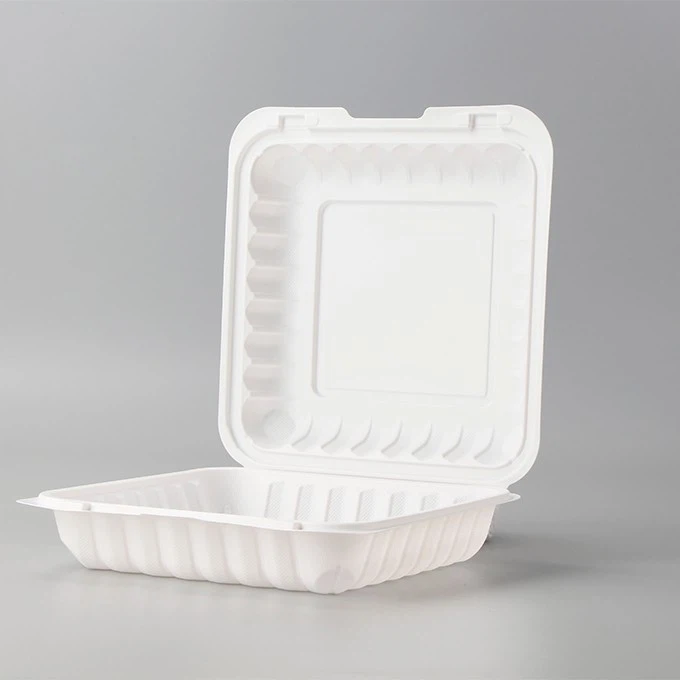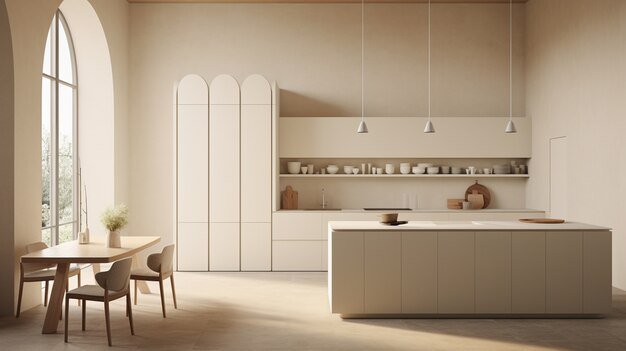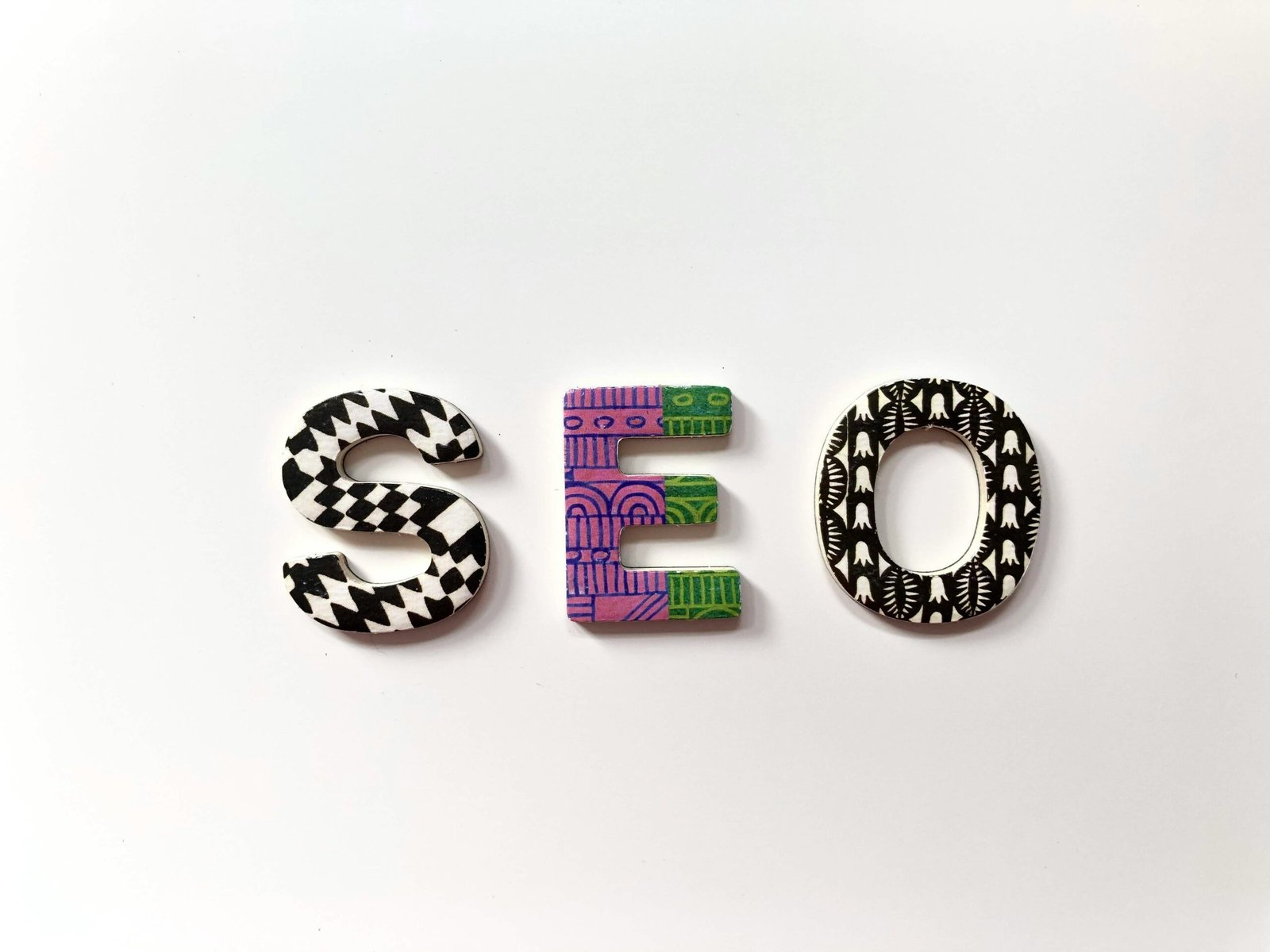
Smart Solutions for Storing and Organizing Baby Clothes
Keeping baby clothes organized can be a challenging task for many parents, especially with the constant changes in size and seasons. Between baby showers, gifts from family, and the ongoing shopping, baby clothes can accumulate quickly. Additionally, babies tend to outgrow clothes faster than anticipated, leading to cluttered drawers and closets. However, with a few clever organizing techniques, you can easily manage your baby’s wardrobe and make dressing time stress-free. By implementing systems like size sorting, seasonal rotation, and using space-saving storage solutions, you can create a more functional and visually appealing space. This guide will help you discover the best ways to store and organize your baby’s clothes efficiently, ensuring that every item is easy to find and ready when needed.
Systematic Baby Clothes Organization
Having an organized system for your baby’s clothes is more than just keeping things tidy; it’s essential for your daily routine. A well-structured system allows you to find specific items quickly, ensuring that your mornings are smooth and hassle-free. By categorizing clothes based on size, type, or season, you can easily access what you need without sifting through piles of clothes. Organizing baby clothes also makes it easier to track what fits your baby and identify when it’s time for new sizes.
One effective method for organizing baby clothes is to rotate items based on size and seasonal wear. Since babies grow fast, sorting clothes by size and storing larger sizes in a different section or drawer helps you stay ahead of growth spurts. This way, when it’s time to move up to the next size, everything is ready and accessible.
Innovative Storage Solutions to Optimize Space
Space can often be an issue when it comes to organizing baby clothes, especially if you’re working with a smaller nursery or shared space. Finding storage solutions that maximize available space without creating clutter is key. One of the most effective strategies is utilizing vertical storage. Hanging shelves or organizers that attach to closet rods provide ample space for clothes, blankets, and other essentials without taking up floor space.
Drawer dividers are another smart solution for organizing baby clothes efficiently. Dividers help separate clothes by type, such as socks, onesies, and pajamas, making it easier to locate specific items. Investing in stackable bins or clear storage boxes is a great option for storing out-of-season clothes. These bins can be labeled for quick identification, ensuring you don’t have to dig through piles to find what you’re looking for. You can even store extra baby gear, such as shoes or toys, in these bins, keeping everything in one place.
For parents looking to add style to their organizational system, consider using wicker baskets or fabric storage cubes. These provide a visually appealing way to store baby clothes while keeping the room neat. Baskets can be placed on shelves or under changing tables to store frequently used items, adding functionality and style to the nursery.
Practical Tips for Organizing Clothes by Age and Season
One of the best ways to keep your baby’s wardrobe organized is by grouping clothes by age and season. Babies outgrow their clothes at a fast rate, so having a method in place for rotating items is essential. Start by organizing the clothes your baby wears now in easy-to-reach drawers or hangers, and set aside future sizes in labeled boxes or storage bins. When your baby outgrows their current size, you can simply swap the old clothes for the new ones.
Seasonal clothes can be stored similarly. During warmer months, keep summer clothes like lightweight onesies and shorts easily accessible, while storing winter clothes in bins. As the weather changes, rotate the seasonal clothing so you’re always prepared for sudden shifts in temperature. This method ensures that your baby has what they need for any season, without the clutter of out-of-season clothes taking up valuable space.
Donating or storing outgrown clothes is another important step in maintaining an organized wardrobe. Once your baby has moved on to the next size, go through their wardrobe and remove any items that no longer fit. You can choose to store these items for future siblings or donate them to a friend or charity. This practice helps keep the closet manageable and ensures you aren’t holding on to unnecessary items.
Organizing Baby Clothes for Everyday Convenience
Daily convenience should be a top priority when organizing baby clothes. Creating a functional system for everyday items, like diapers, onesies, and bibs, ensures that dressing your baby is quick and easy. A well-thought-out system allows you to grab what you need quickly, even during diaper changes or unexpected outfit changes.
Consider storing baby clothes and accessories near the changing station for easy access. A dresser with a changing table on top is a practical option, as it keeps everything within arm’s reach. Organizing drawers with categories like “onesies,” “pajamas,” and “outerwear” makes the system intuitive and efficient. You can even label each drawer to maintain organization over time.
For parents who love fashion, creating a designated space for assembling outfits can be helpful. Having a section in the closet or a drawer dedicated to full outfits can simplify mornings. This is especially useful when preparing your baby for outings or family events. You can even plan outfits in advance and store them in ziplock bags or outfit organizers, so you always have a go-to option ready. If you’re looking for a trendy outfit, consider the cute baby outfit without diaper, which adds comfort and style to your baby’s wardrobe.
Benefits of an Organized Baby Wardrobe
Organizing your baby’s clothes is not just about maintaining a clean and clutter-free nursery—it’s about creating long-term habits that make parenting more manageable. Establishing a solid system now means you’ll have a smoother transition as your baby grows and their wardrobe needs evolve. As your child grows older, you’ll have developed a process for dealing with clothes, making it easier to manage their growing collection of shoes, outerwear, and accessories.
Additionally, an organized wardrobe can save you money in the long run. By keeping track of the clothes your baby has and the ones they will grow into, you can avoid unnecessary purchases. When you can easily see what your baby already owns, you’ll be less likely to buy duplicate items or clothes that may go unworn. This mindful approach to shopping helps you save both space and money, ensuring that your baby’s wardrobe stays organized and functional.
Organizing baby clothes doesn’t have to be an overwhelming task. With the right strategies and storage solutions, you can create a functional, organized system that makes your daily routine smoother and more enjoyable. Whether you’re working with a large nursery or a small space, there are plenty of options to keep your baby’s wardrobe neat, tidy, and easy to navigate. Remember, organizing is not just about tidiness—it’s about creating a system that works for you and your baby, both now and in the future.






